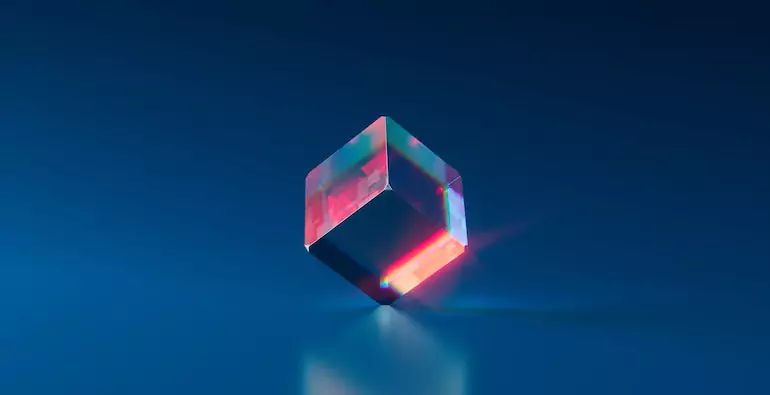In recent years, the art world has witnessed a remarkable transformation fuelled by the integration of art and technology. The rise of digital tools, virtual reality, and interactive installations has given birth to a new era, often referred to as the “Digital Renaissance.” This intersection of art and technology has not only revolutionized the way art is created, experienced, and shared but has also opened up exciting possibilities for artists to push boundaries and engage with audiences in innovative ways.
One of the most striking aspects of the digital renaissance is the democratization of art. Technology has made art more accessible than ever before. Through the internet and social media platforms, artists can now showcase their work to a global audience without the limitations of physical space. Online galleries and virtual exhibitions have emerged as platforms for artists to exhibit their creations to art enthusiasts from different corners of the world. This virtual realm has dissolved geographical boundaries and created a sense of interconnectedness among artists and art lovers, fostering a global artistic community.
The integration of technology has also expanded the possibilities for artistic expression. Digital art, which encompasses various mediums such as digital painting, generative art, and interactive installations, has become a dynamic and rapidly evolving field. Artists are no longer confined to traditional art forms but can experiment with new techniques and materials offered by digital tools. The canvas has transformed into a digital screen, inviting artists to explore endless possibilities and push the boundaries of creativity.
Virtual reality (VR) and augmented reality (AR) have emerged as powerful tools for immersive art experiences. Through VR headsets, viewers can step into a virtual gallery, walk among digital sculptures, and interact with art in ways that were unimaginable before. AR technology, on the other hand, allows artists to overlay digital elements onto the physical world, blurring the lines between reality and imagination. These technologies have the potential to transform how we perceive and engage with art, creating immersive and multisensory experiences that leave a lasting impact on viewers.
The digital renaissance has also revolutionized art curation and preservation. Museums and galleries are adopting digital platforms to create virtual exhibitions that reach a wider audience and offer engaging experiences beyond the physical constraints of space and time. Artworks can be documented and preserved digitally, ensuring their longevity and accessibility for future generations. Furthermore, advancements in artificial intelligence (AI) have enabled the analysis and interpretation of vast amounts of art data, offering new insights into artistic styles, trends, and influences.
However, alongside the countless opportunities brought about by the digital renaissance, there are also challenges and debates within the art community. Questions of originality, authorship, and ownership arise as digital art can be easily replicated and shared. Issues of copyright, intellectual property, and provenance require careful consideration in this new era. Moreover, as technology continues to evolve at a rapid pace, artists and institutions must stay abreast of the latest advancements and adapt their practices accordingly to fully harness the potential of art and technology.
The intersection of art and technology has disrupted traditional notions of art, inspiring a new generation of artists to embrace the digital medium and explore uncharted territories. It has transformed the art world into a dynamic and inclusive space that encourages experimentation, collaboration, and innovation. As technology continues to evolve, the possibilities for artistic expression will only expand further, pushing the boundaries of what we perceive as art.
Wrapping Up
The digital renaissance has ushered in a new era in the art world, where technology intertwines with creativity to create unprecedented opportunities. The democratization of art, the emergence of digital mediums, and the immersive experiences offered by VR and AR have revolutionized how art is created, exhibited, and consumed. As artists and audiences continue to embrace this digital revolution, the boundaries of art will continue to be challenged, paving the way for new forms of expression and engaging experiences. The intersection of art and technology is a testament to the power of human imagination and the ever-evolving nature of artistic endeavours.




